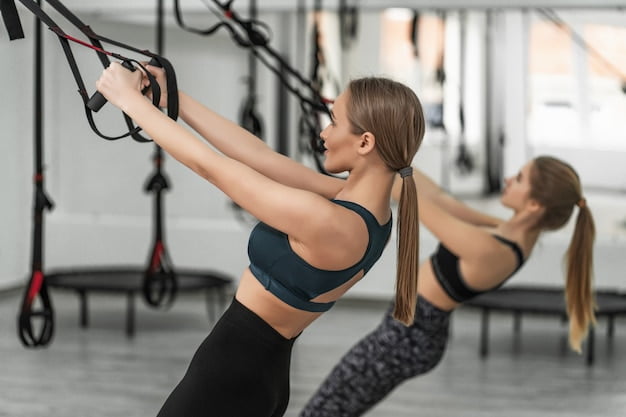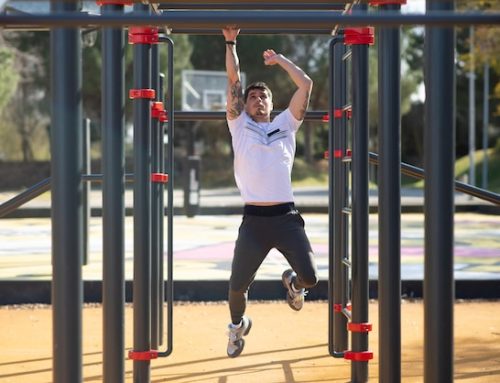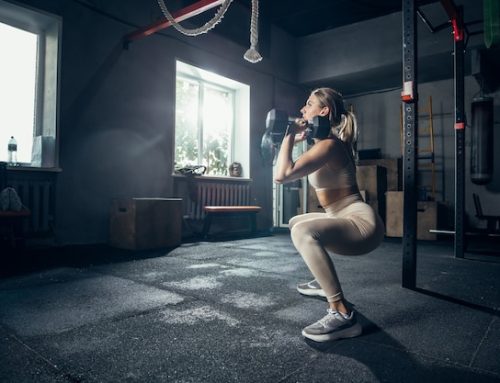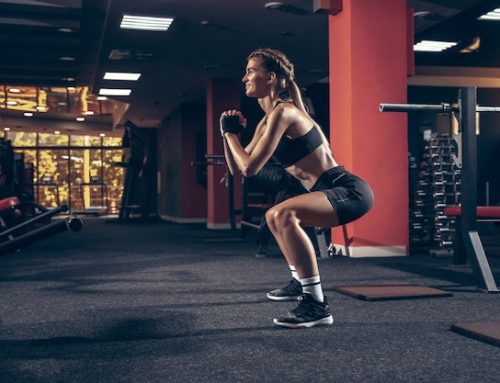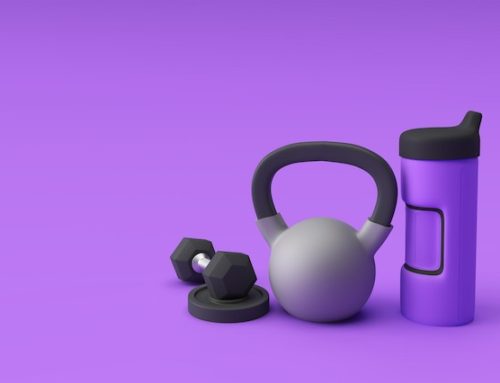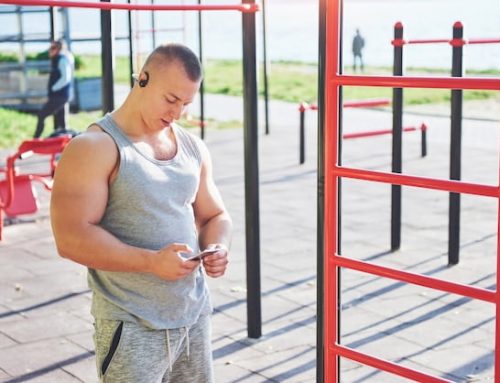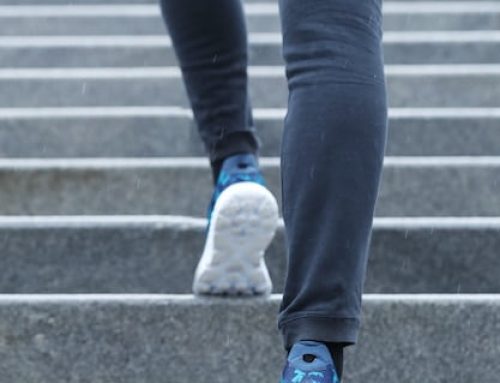The Ultimate Guide: What Muscle is Used Most in Calisthenics?
Calisthenics is a type of exercise that uses bodyweight movements to build strength, flexibility, and endurance. It’s a popular form of exercise because it doesn’t require any equipment, making it more accessible to people who don’t have access to a gym. But, what muscle is used most in calisthenics?
The Role of the Core Muscles in Calisthenics
The core is arguably the most important muscle group in calisthenics. It’s responsible for stabilizing and supporting the body during movements like push-ups, pull-ups, and squats. The core muscles include the rectus abdominis, transverse abdominis, obliques, and erector spinae. These muscles work together to stabilize the spine and pelvis, allowing for efficient movement and preventing injury.
The Importance of the Upper Body in Calisthenics
The upper body is also heavily involved in calisthenics. The chest, shoulders, triceps, and biceps are all utilized during exercises like push-ups, pull-ups, dips, and handstands. These muscles are responsible for pushing and pulling the body during these movements. Developing upper body strength is important for overall fitness and athletic performance.
The Lower Body Muscles in Calisthenics
The lower body is often overlooked in calisthenics, but it’s still an important muscle group. The glutes, quads, hamstrings, and calves are all used during exercises like squats, lunges, and calf raises. Building lower body strength can improve athletic performance, increase endurance, and prevent injury.
The Benefits of Full-Body Workouts
One of the benefits of calisthenics is that it’s a full-body workout. This means that it engages multiple muscle groups at once, resulting in a more efficient and effective workout. Full-body workouts also improve overall strength and endurance, making it easier to perform everyday tasks and other physical activities.
The Role of Repetitions and Sets in Calisthenics
In calisthenics, repetitions and sets play a crucial role in muscle development. Repetitions are the number of times a particular exercise is performed in a row, while sets refer to the total number of groups of repetitions performed. For example, 3 sets of 10 push-ups would mean performing 10 push-ups, taking a break, and then repeating that process two more times. Adjusting the number of repetitions and sets can help target specific muscle groups and improve overall muscular endurance.
The Importance of Rest and Recovery
Rest and recovery are just as important as the workout itself in calisthenics. Giving the muscles time to recover and repair is essential for growth and development. Overtraining can lead to injury and hinder progress. It’s important to take rest days and alternate muscle groups to avoid overuse and strain.
The Bottom Line
So, what muscle is used most in calisthenics? The answer is that it’s a full-body workout that engages multiple muscle groups. The core, upper body, and lower body all play important roles in calisthenics, making it an effective form of exercise for overall fitness and athletic performance. Incorporating calisthenics into your workout routine can help build strength, endurance, and flexibility without the need for equipment. Remember to focus on proper form, adjust repetitions and sets as needed, and allow for adequate rest and recovery to see the best results.
References:
| Source | Link |
|---|---|
| Core Training: Why It’s Important and How to Do It Right | https://www.healthline.com/health/fitness-exercise/core-training#why-its-important |
| Upper Body: Muscles Used In Calisthenics | https://calisthenics-101.co.uk/upper-body-muscles-used-in-calisthenics/ |
| Lower Body: Muscles Used In Calisthenics | https://calisthenics-101.co.uk/lower-body-muscles-used-in-calisthenics/ |
| The Ultimate Guide to Reps and Sets In Calisthenics | https://www.barbrothersgroningen.com/reps-sets-calsithenics/ |
